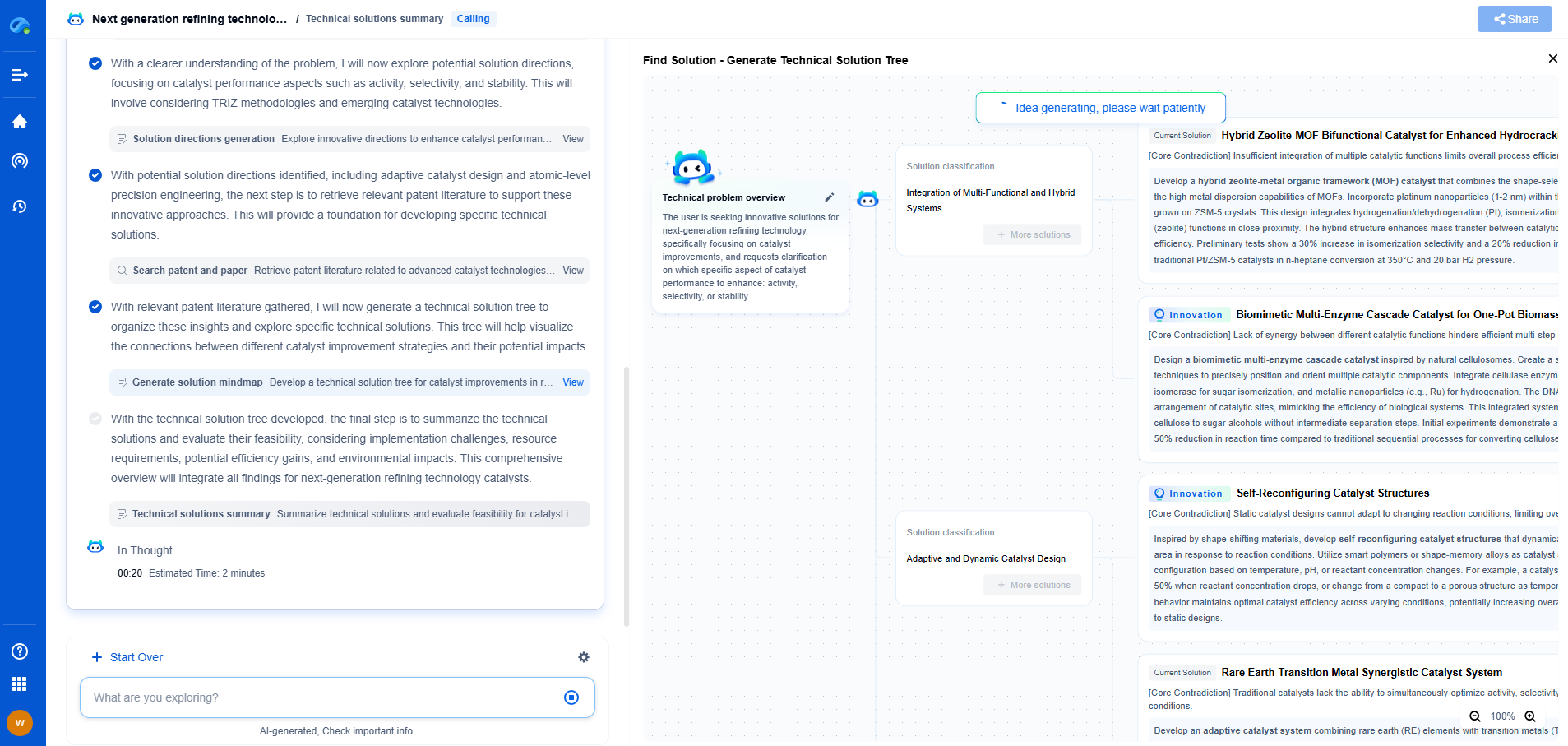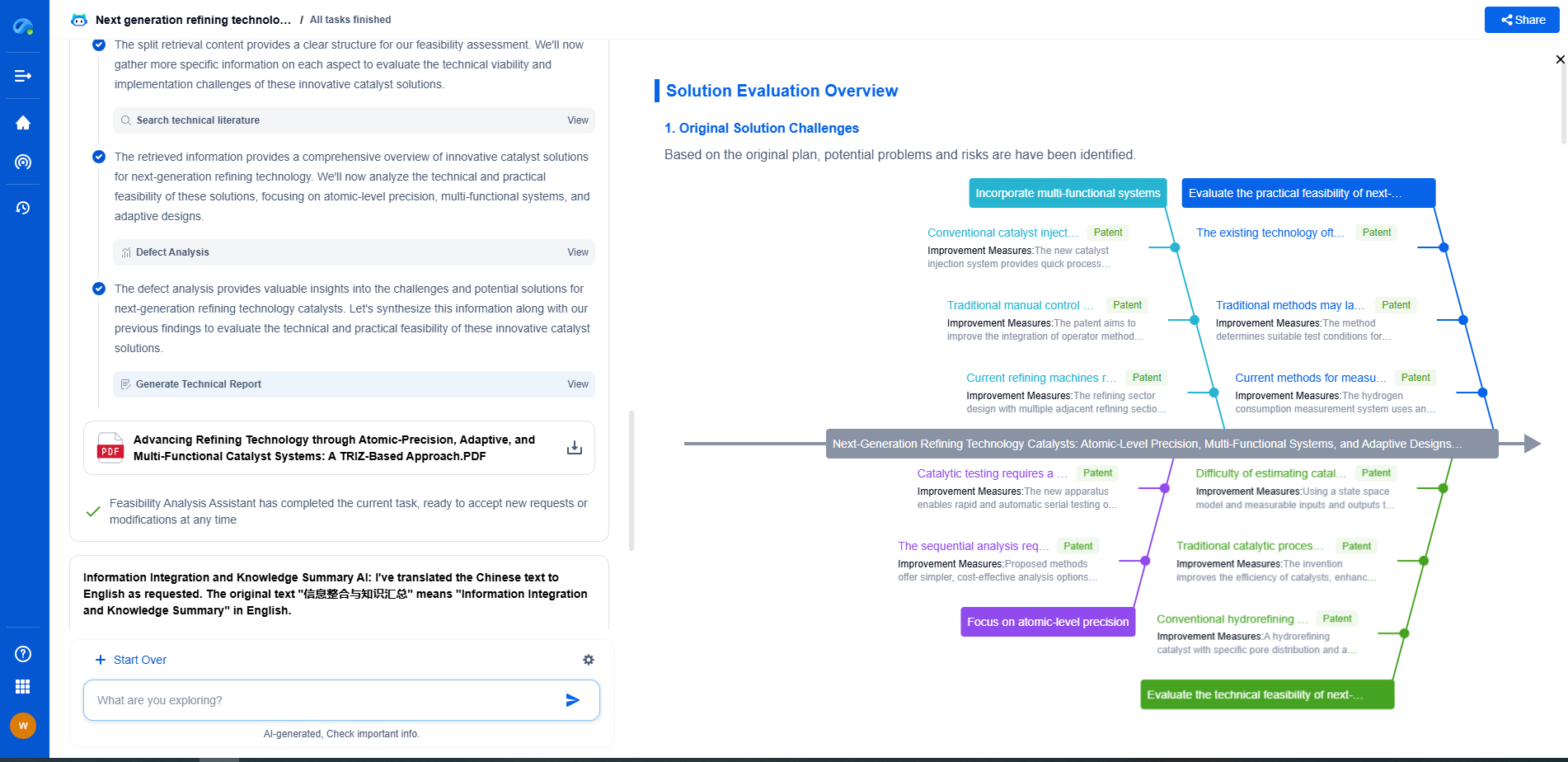API 5L Steel Grades Explained: What Are PSL1 and PSL2?
JUN 20, 2025 |
API 5L steel grades are critical for industries that rely heavily on pipelines for the transportation of oil, gas, and other fluids. These grades provide the necessary strength and resistance to withstand various operational pressures and environmental conditions. The API 5L specification includes several steel grades, each designed to meet specific needs and applications. At the core of these specifications are the PSL1 and PSL2 levels, both integral to ensuring pipeline safety and performance.
What is API 5L?
API 5L is a specification developed by the American Petroleum Institute (API) that defines the standards for the manufacturing of steel pipes used primarily in the oil and gas industry. This specification covers both seamless and welded steel pipes and establishes the chemical composition, physical properties, dimensions, and mechanical properties required to ensure high performance and reliability.
PSL1 vs. PSL2: The Key Differences
The API 5L specification categorizes steel pipes into two product specification levels (PSL): PSL1 and PSL2. While both levels are designed to ensure quality and performance, they have distinct differences regarding chemical and mechanical properties, testing requirements, and applications.
1. Chemical Composition
One of the primary differences between PSL1 and PSL2 lies in their chemical composition. PSL2 pipes have more stringent requirements in terms of chemical composition, including tighter limits on elements like phosphorus and sulfur. This enhanced control helps in achieving better mechanical properties and ensures greater resistance to corrosive environments, making PSL2 more suitable for demanding applications.
2. Mechanical Properties
Mechanical properties, such as yield strength and tensile strength, are key factors in determining a pipe's suitability for specific applications. PSL2 pipes generally have higher mechanical property requirements compared to PSL1. This means that PSL2 pipes are capable of withstanding higher operational pressures and stresses, making them ideal for more challenging environments.
3. Testing Requirements
PSL2 pipes undergo more rigorous testing compared to PSL1. This includes tests for fracture toughness, non-destructive inspection, and even tests for sour service suitability, depending on the specific grade and application. The additional testing ensures that PSL2 pipes meet higher standards of reliability and safety.
4. Applications and Service Conditions
The choice between PSL1 and PSL2 often boils down to the specific service conditions and applications. PSL1 pipes are typically used for standard, non-critical applications where service conditions are less demanding. In contrast, PSL2 pipes are preferred for applications that demand higher levels of safety, reliability, and resistance to harsh conditions.
5. Traceability and Certification
Another important distinction is the level of traceability and certification required. PSL2 pipes require a greater degree of traceability from the steel mill to the final product, ensuring that every stage of production meets stringent quality standards. Certification documents for PSL2 pipes are also more comprehensive, reflecting the higher level of testing and inspection they undergo.
Choosing the Right Grade
Selecting the appropriate API 5L grade involves considering the specific requirements of the pipeline project, including environmental conditions, operational pressures, and potential risks. While PSL1 may suffice for some projects with non-demanding conditions, PSL2 is often necessary for pipelines that operate in more challenging environments or require higher safety standards.
Final Thoughts
Understanding the differences between PSL1 and PSL2 is crucial for making informed decisions about steel pipe selection. These differences impact the performance, safety, and longevity of pipelines, especially in the oil and gas industry. By choosing the right API 5L grade, businesses can ensure that their pipelines operate efficiently and safely, minimizing risks and maximizing performance.
Transform the Way You Innovate in Pipeline Technology—with AI-Powered Intelligence
From corrosion-resistant materials to smart monitoring systems and advanced flow control mechanisms, the pipeline industry is undergoing rapid technological transformation. Yet keeping up with evolving engineering solutions, regulatory landscapes, and competitive patents can be a major bottleneck for R&D and IP teams.
Patsnap Eureka is your AI-powered research companion—built specifically for professionals in high-tech and infrastructure domains like pipeline technology. Whether you're designing high-pressure transport systems, assessing trenchless installation innovations, or safeguarding proprietary flow assurance solutions, Eureka provides real-time insights into global patent trends, emerging technologies, and R&D intelligence—all in one intuitive interface.
Empower your team to innovate faster, reduce technical blind spots, and stay ahead of industry shifts. Discover Patsnap Eureka today and bring clarity and confidence to your pipeline technology decisions.
- R&D
- Intellectual Property
- Life Sciences
- Materials
- Tech Scout
- Unparalleled Data Quality
- Higher Quality Content
- 60% Fewer Hallucinations
Browse by: Latest US Patents, China's latest patents, Technical Efficacy Thesaurus, Application Domain, Technology Topic, Popular Technical Reports.
© 2025 PatSnap. All rights reserved.Legal|Privacy policy|Modern Slavery Act Transparency Statement|Sitemap|About US| Contact US: help@patsnap.com

